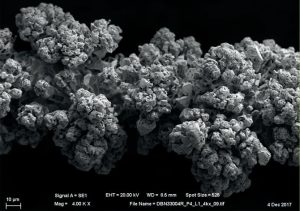Ultra-HP ammonia oxidation catalysts
Catalyst development for nitric acid plants is strongly dependent on operating pressures and nitrogen loading levels. Johnson Matthey reviews some of the key catalyst design principles, emphasising the critical role of operating pressure in catalyst selection and highlighting the innovative contributions of Johnson Matthey in advancing catalyst technology for ultra-high-pressure ammonia oxidation in nitric acid plants.








